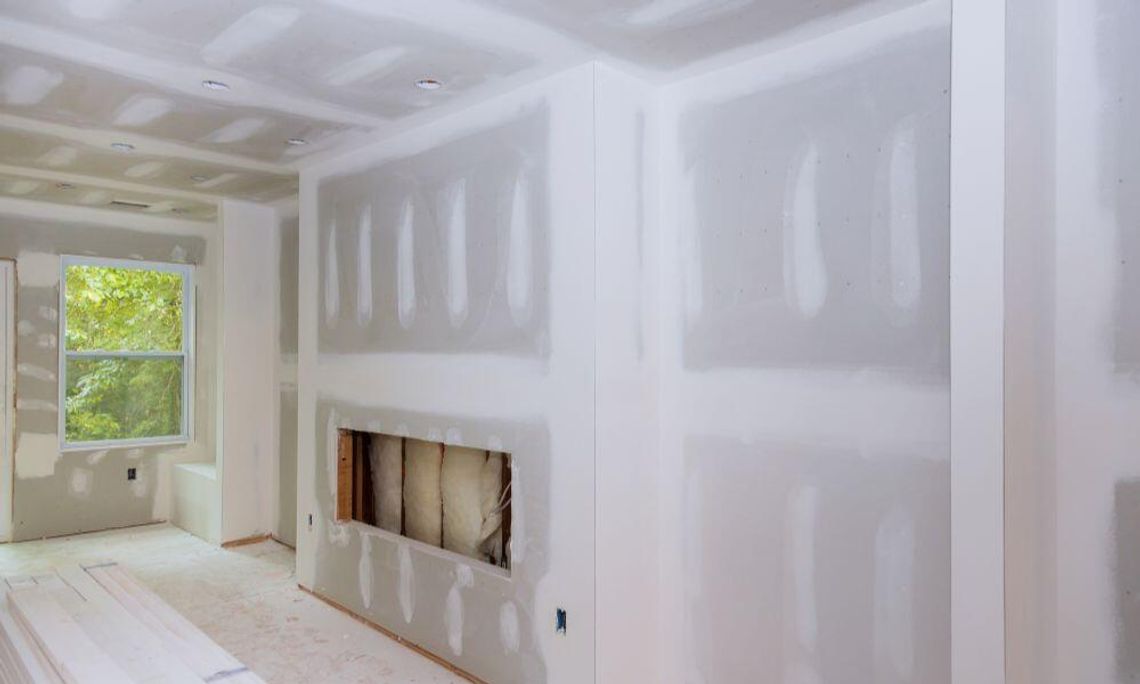Drywall, also known as gypsum board or plasterboard, has become a staple in modern construction and renovation projects. Its popularity stems from its versatility, affordability, and ease of installation, making it an ideal choice for both professionals and DIY enthusiasts. Understanding the fundamental aspects of drywall can greatly enhance your building experience, whether you’re engaging in a small home improvement project or undertaking a larger construction endeavor.
Let’s look at the top four things you need to know about drywall to help you make informed decisions for your next project.
Types of Drywall
Drywall comes in different types, each with unique properties and uses. The most common type is regular drywall, which is for interior walls and ceilings. You can find it in various thicknesses, ranging from 1/4 inch to 5/8 inch, with 3/8 inch being the standard for most residential projects. Other types include fire-resistant drywall, moisture-resistant drywall (also known as green board), and soundproof drywall.
Preparation Is Key
Proper preparation is crucial for achieving a flawless finish when working with drywall. This step includes measuring and cutting the sheets to fit your space accurately, ensuring a tight fit between panels, and securing them firmly in place. You should also prime the surface before painting to prevent paint from soaking into the drywall and causing uneven patches or bubbles.
Drywall Repair Is Possible
Accidents happen, and some accidents may damage your drywall. Luckily, you can repair most minor damages without having to replace entire sheets of drywall. You can patch small holes or cracks using a joint compound and sand them down for a smooth finish. Larger damages may require a patch kit, but with some patience and the right tools, even a novice can achieve professional-looking repairs. Understanding the different causes of drywall damage can also help you prevent it in the future.
Safety Precautions Are Necessary
Working with drywall involves handling heavy sheets of material and using tools such as saws and drills, which can pose safety hazards. Be sure to wear protective gear, including gloves, goggles, and dust masks, when cutting or sanding drywall to prevent injuries or health issues from inhaling dust particles. Additionally, follow proper lifting techniques when carrying drywall sheets to avoid strains or back injuries.
These are just a few of the essential things you need to know about drywall. Being aware of its different types, proper preparation techniques, repair options, and safety precautions can help you achieve successful results in your next project. Keep these tips in mind and enjoy the benefits of using this versatile building material in your home or commercial space.


Comment
Comments